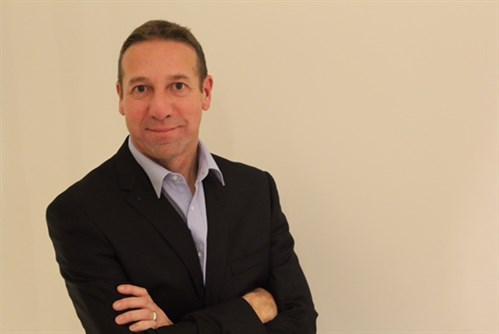
DUBLIN, Ireland, April 12, 2016 – Foundry Innovation & Research 1, Ltd. (“FIRE1”) today announced it has closed its Series B financing, appointed Conor Hanley as President and CEO, and added other new senior leaders to its team including John Britton, Vice President of Commercial Operations, and Fiachra Sweeney, Senior Director of Engineering.
The Company, which is developing a novel remote monitoring device, raised USD 7.5 million from existing investors including leading venture capital firms Lightstone Ventures and New Enterprise Associates, as well as Medtronic. FIRE1 is the 15th medical device company founded by The Foundry. With this financing, Foundry Managing Director Mark Deem was also appointed Chairman of the Board.
“With the support from these premier investors, the strength of our newly expanded leadership team, and the Irish government aggressively pushing the connected health ecosystem, we are in a very strong position to accelerate the development and commercialisation of our first product,” said Conor Hanley, FIRE1 CEO and President. “This investment underscores global unmet needs in healthcare delivery, especially in predicting the onset of major diseases.”
Prior to joining FIRE1, Hanley held senior management positions with ResMed, including leading the Company’s Chronic Disease Management Solutions division, its Cardiology business, and its Ventures and Initiatives business units. Prior to ResMed, he was CEO and co-founder of BiancaMed, which commercialised a novel method to provide connected health solutions, and was acquired by ResMed in 2011. Hanley received a PhD in Chemical Engineering from the University of Pennsylvania, an MBA from INSEAD, and a First Class Honours B.E. from University College Dublin.
John Britton, Vice President, Commercial Operations, joins FIRE1 with deep expertise in bringing innovative medical technologies to market. Most recently with ResMed, Britton led the commercialisation of a novel, non-contact sensing technology. Previously, he was an Engagement Manager with McKinsey & Co. where he worked in a variety of industries, including healthcare. He received an MBA from the UCD Smurfit School of Business, and was a post-doctoral researcher in Trinity College Dublin’s Centre for Bioengineering, and has a First Class Honours degree in Mechanical Engineering from University College Dublin.
Fiachra Sweeney joins FIRE1 as Senior Director of Engineering and has extensive background in medical device research, development, sales and marketing. Prior to FIRE1, he was with Nypro Healthcare where he was responsible for the design and development of a connected auto-injector device. Previously, he was with Medtronic in a variety of product development and engineering management roles, most recently leading a team through the development, approval and commercialisation of a novel coronary angioplasty catheter. Fiachra has a Biomedical Engineering degree from NUI Galway and an MBA from the Australian Graduate School of Business.
About FIRE1
Headquartered in Dublin, Ireland, FIRE1 is a medical device company developing a novel remote monitoring device. For more information, please visit www.fire1foundry.com.
About The Foundry
The Foundry was founded in 1998 to rapidly turn the best concepts into successful new medical device companies. In addition to inventing new technologies itself, The Foundry works closely with outside clinicians and inventors with promising ideas. Over the past eighteen years, The Foundry has formed over fifteen new companies, including Ardian (acquired by Medtronic), Cabochon Aesthetics (acquired by Ulthera/Merz), Cierra (acquired by Terumo), Concentric Medical (acquired by Stryker), Cotera, Emphasys Medical, Evalve (acquired by Abbott Labs), First to File (acquired by Mark Monitor), Holaira, Miramar Labs, Satiety, Twelve (acquired by Medtronic), XTENT (Nasdaq: XTNT), and the ophthalmic company incubator Forsight Labs. The Foundry, LLC is located in Menlo Park, California. For more information, visit: www.thefoundry.com.
About NEA
New Enterprise Associates, Inc. (NEA) is a global venture capital firm focused on helping entrepreneurs build transformational businesses across multiple stages, sectors and geographies. With nearly $17 billion in cumulative committed capital since inception, NEA invests in technology and healthcare companies at all stages in a company’s lifecycle, from seed stage through IPO. The firm’s long track record of successful investing includes more than 200 portfolio company IPOs and more than 320 acquisitions. www.nea.com.
About Lightstone Ventures
Lightstone Ventures (LSV) was founded in 2012 by the General Partners of the life science teams at Advanced Technology Ventures (ATV) and Morgenthaler Ventures to invest in early-stage breakthrough medical device and biopharmaceutical companies that have the potential to change medicine. Members of the Lightstone team have been involved in several of the largest, venture-backed life science exits over the last decade. The firm now has offices in the U.S., Europe, and Asia. For more information, visit www.lightstonevc.com.
About Medtronic
Medtronic plc (www.medtronic.com), headquartered in Dublin, Ireland, is among the world’s largest medical technology, services and solutions companies – alleviating pain, restoring health and extending life for millions of people around the world. Medtronic employs more than 85,000 people worldwide, serving physicians, hospitals and patients in approximately 160 countries. The company is focused on collaborating with stakeholders around the world to take healthcare Further, Together.
Media Contact:
Donna von Halle
donna@vonhalle.net







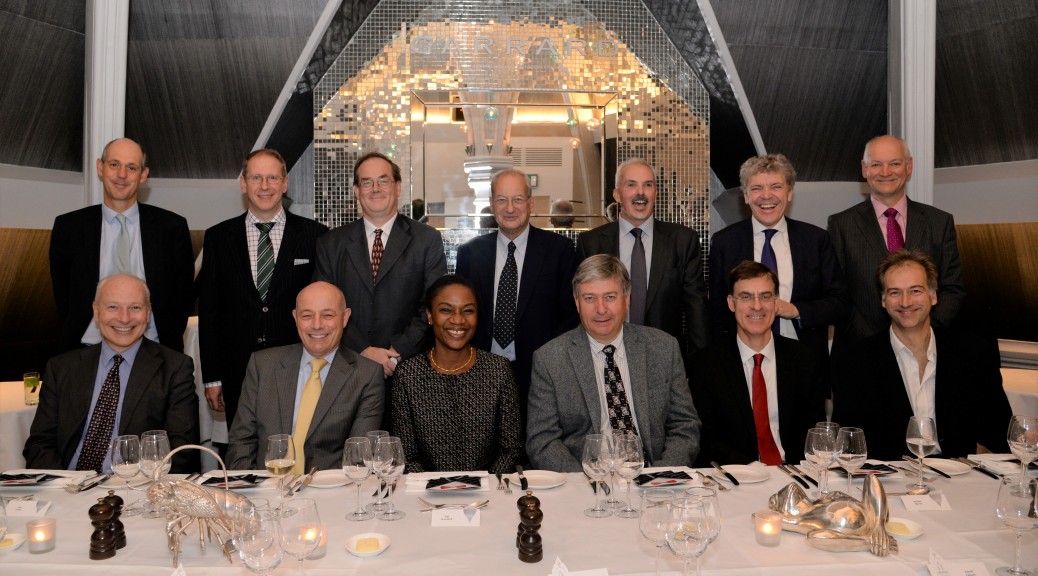

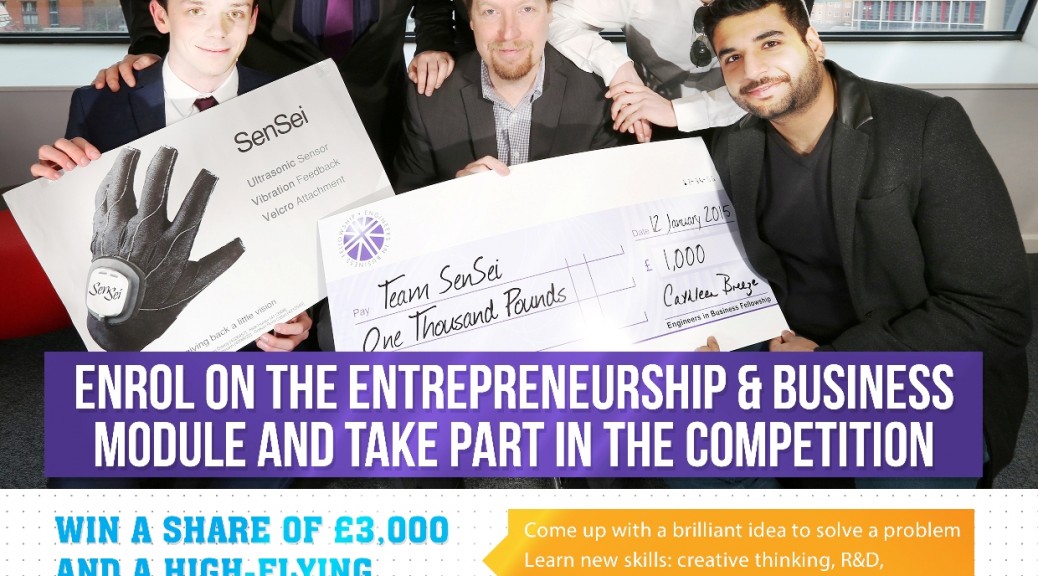

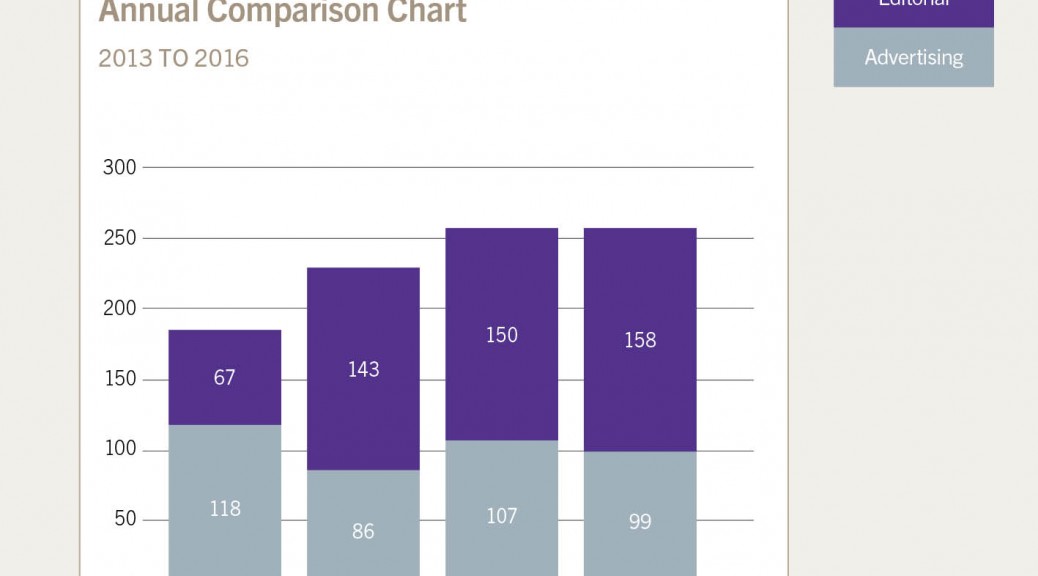


 The engineering undergraduates identified the following image problems, saying many of the ads were unattractive and uninspiring:
The engineering undergraduates identified the following image problems, saying many of the ads were unattractive and uninspiring: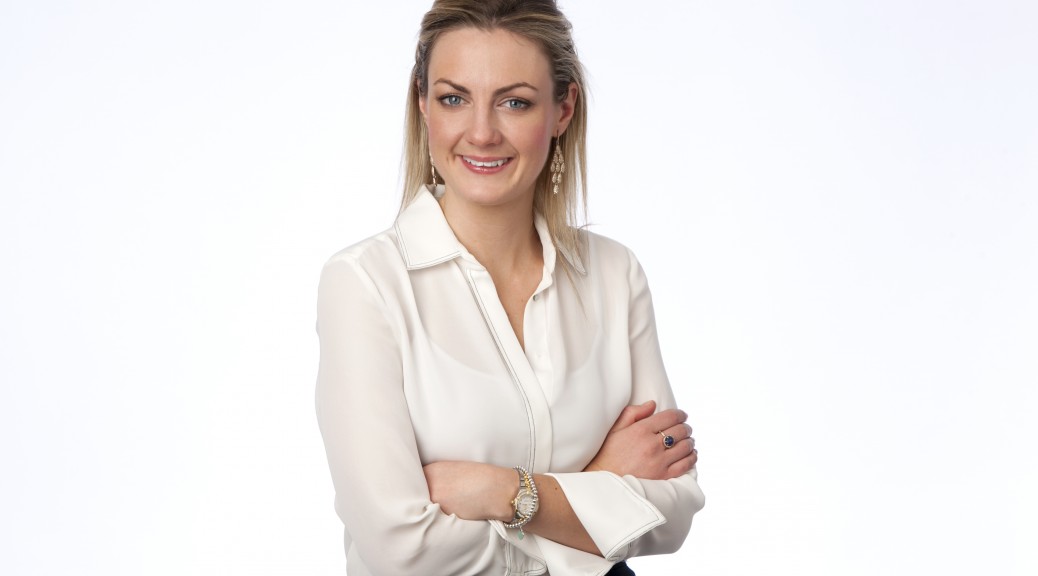

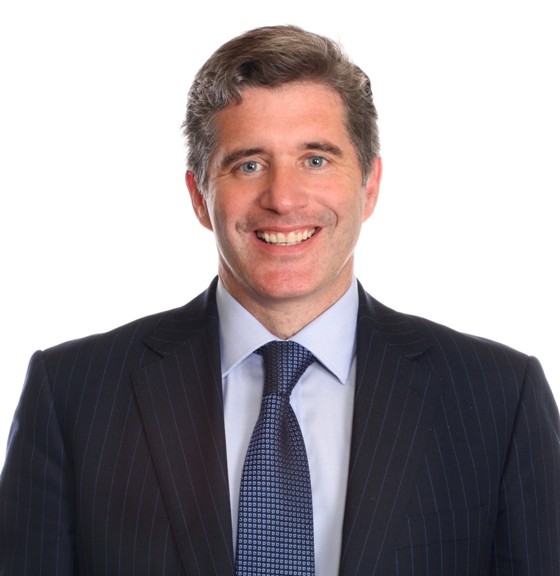




 Keep Britain Tidy would surely welcome the ingenious Crush Em’s automated waste compressor concept. The team designed an eco-friendly, solar powered, attractive litter bin containing an inbuilt compressor which literally crushes the rubbish inside the bin.
Keep Britain Tidy would surely welcome the ingenious Crush Em’s automated waste compressor concept. The team designed an eco-friendly, solar powered, attractive litter bin containing an inbuilt compressor which literally crushes the rubbish inside the bin.
 Third prize went to Rain Water Cycle for its eponymously named product concept which was designed to provide clean water for people living in rural areas of India where clean water is scarce. According to Rain Water Cycle’s research, many people die from water-borne related diseases due to contaminated water. The Rain Water Cycle product would provide clean water at a much more affordable price.
Third prize went to Rain Water Cycle for its eponymously named product concept which was designed to provide clean water for people living in rural areas of India where clean water is scarce. According to Rain Water Cycle’s research, many people die from water-borne related diseases due to contaminated water. The Rain Water Cycle product would provide clean water at a much more affordable price.